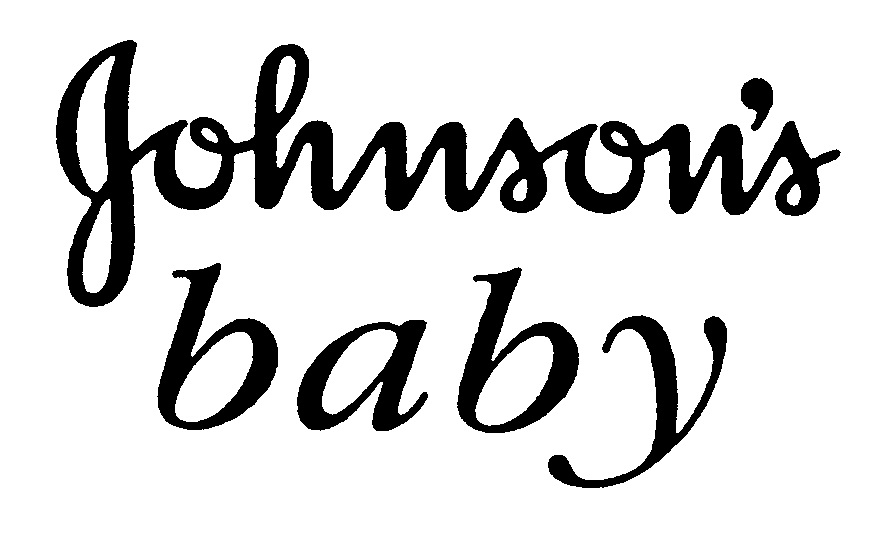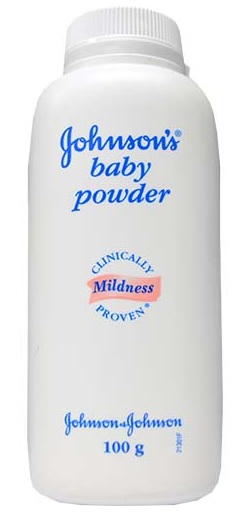The Japan Patent Office (JPO) did not side with Johnson & Johnson in trademark opposition who sought cancellation of TM Reg no. 6559102 for the “JOHANSON bebis” mark due to similarity to or likelihood of confusion with “Johnson’s baby”.
[Opposition case no. 2022-900314, decided on February 22, 2023]JOHANSON bebis
JOHANSON LIFE Co., Ltd., a Korean company, filed the “JOHANSON bebis” mark (see below) for use on babies’ bottles and nasal aspirators in class 10 with the JPO on June 28, 2021.

Apparently, the company promotes babies’ bottles bearing the applied mark.

The mark was registered by the JPO on May 20, 2022, and published for opposition on May 30, 2022.
Johnson’s baby
Johnson & Johnson, one of the oldest pharmaceutical companies in the US, has owned TM Reg no. 4032368 for the stylized word mark “Johnson’s baby” (see below) on baby bottles, nursing bottles, teats, feeding cups, and cotton swabs in class 10 since 1997.

Johnson & Johnson filed an opposition against the “JOHANSON bebis” mark on August 1, 2022, and argued the opposed mark shall be canceled in contravention of Article 4(1)(xi) and (xv) of the Japan Trademark Law due to visual and phonetical similarity and the likelihood of confusion between “JOHANSON bebis” and “Johnson’s baby” that has been famous for skin care products for baby when used on designated goods in class 10.

JPO Decision
The Opposition Board pointed out the produced evidence shows substantial use of the “Johnson’s” mark, however, none of them demonstrate actual use of the cited mark. If so, the Board has no reason to believe the cited mark has been well-recognized among relevant consumers in Japan.
As for the similarity of the mark, the Board found there is no risk of confusion between the opposed mark and the cited mark in appearance by means of the presence or absence of the device, and difference in the arrangement, composition, and number of alphabets.
Comparing the sound of “Johanson bebis” with “Johnson’s baby”, they are clearly distinguishable due to their different sound structures, and there is no risk of confusion in sound. Besides, while the opposed mark does not have any specific concept, the cited mark gives rise to the meaning of “Johnson’s baby,” so there is no likelihood of confusion between the marks in the concept. If so, the opposed mark shall be dissimilar to the cited mark from visual, phonetical, and conceptual points of view.
Assuming that the cited mark has not been widely recognized as a source indicator of Johnson & Johnson and has a low degree of similarity to the opposed mark, it is unlikely that relevant consumers would confuse a source of goods in question bearing the opposed mark with Johnson & Johnson.
Based on the foregoing, the Board decided to dismiss the entire allegations and found the opposed mark shall not be canceled in contravention of Article 4(1)(xi) and (xv) in relation to the cited mark.
